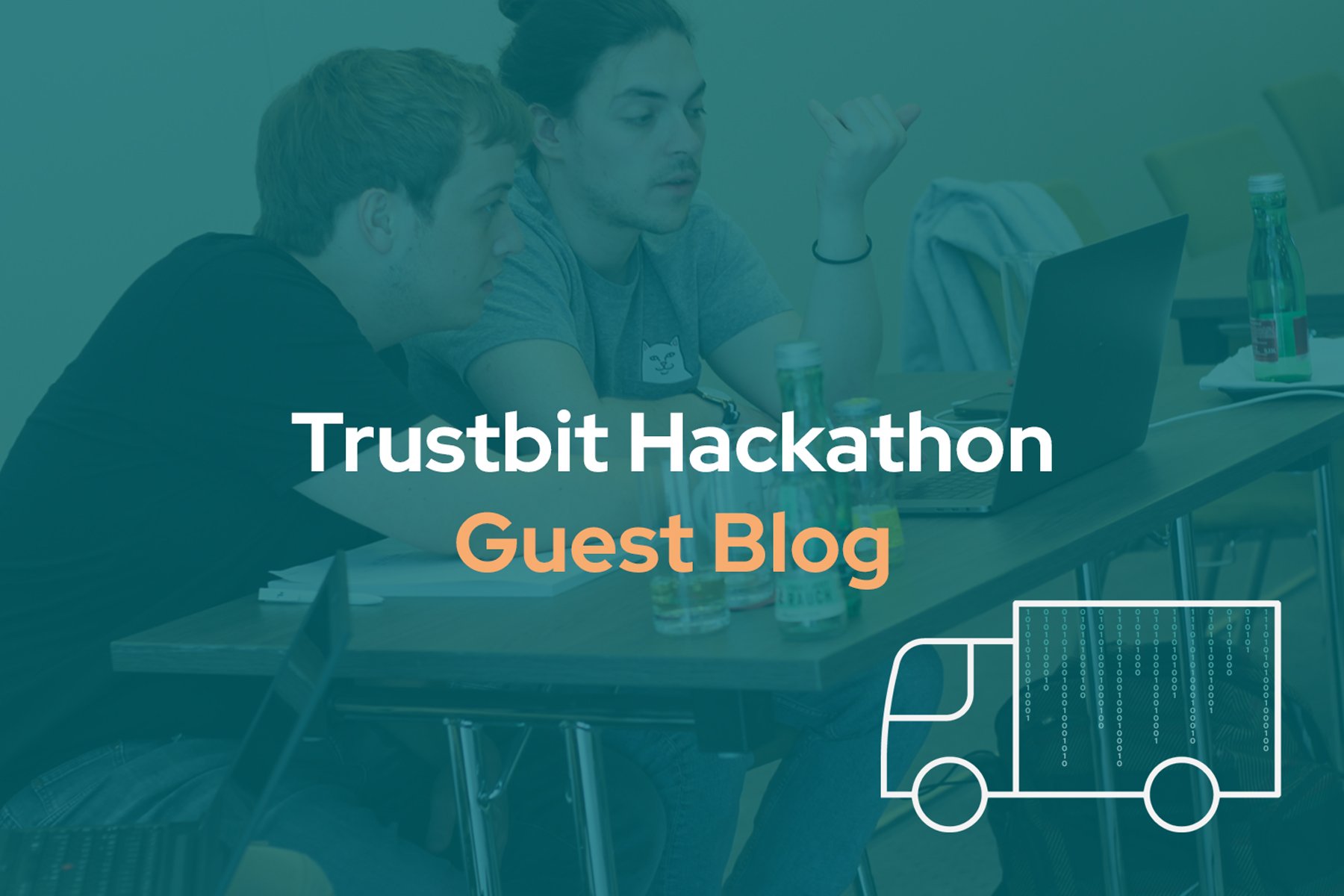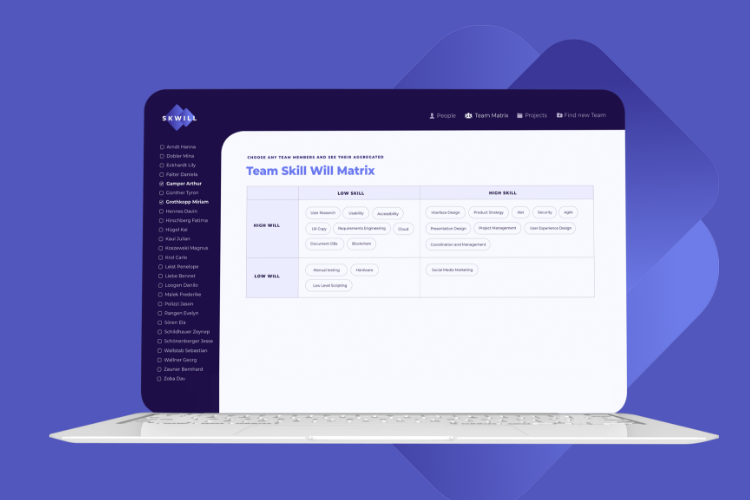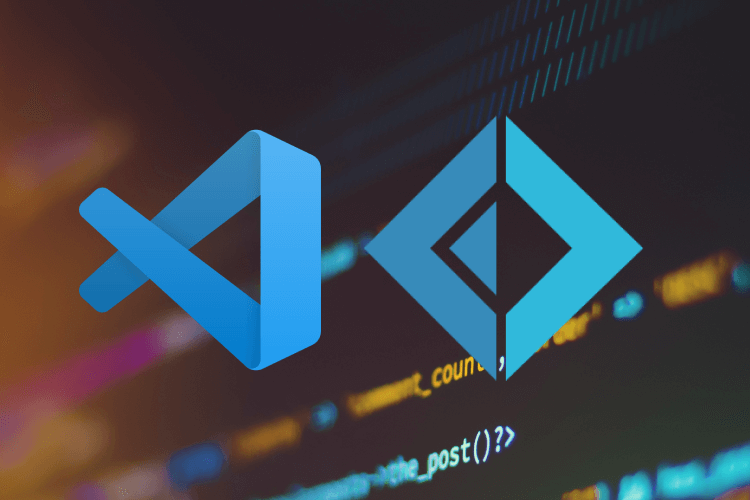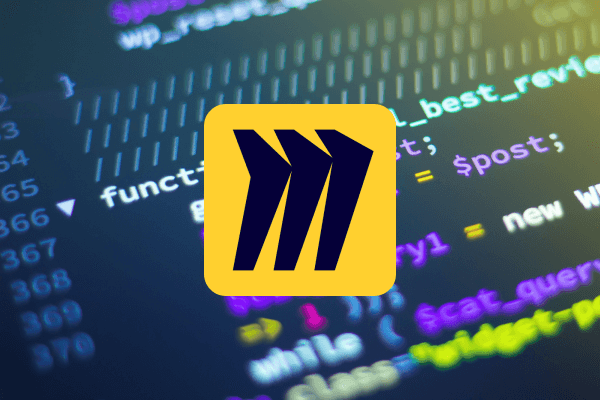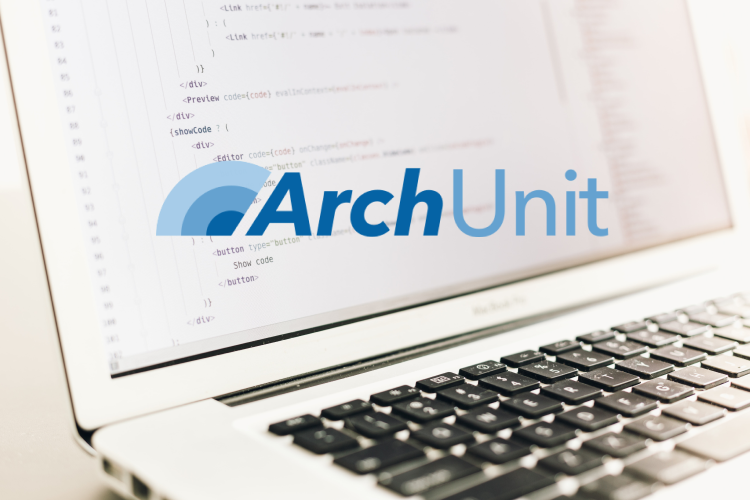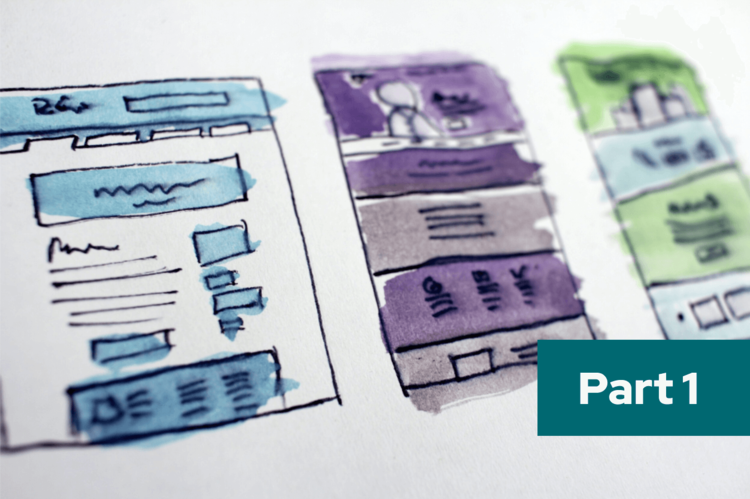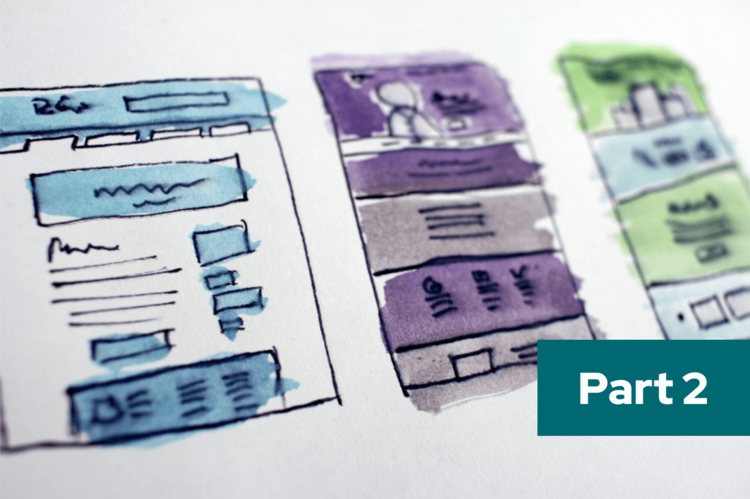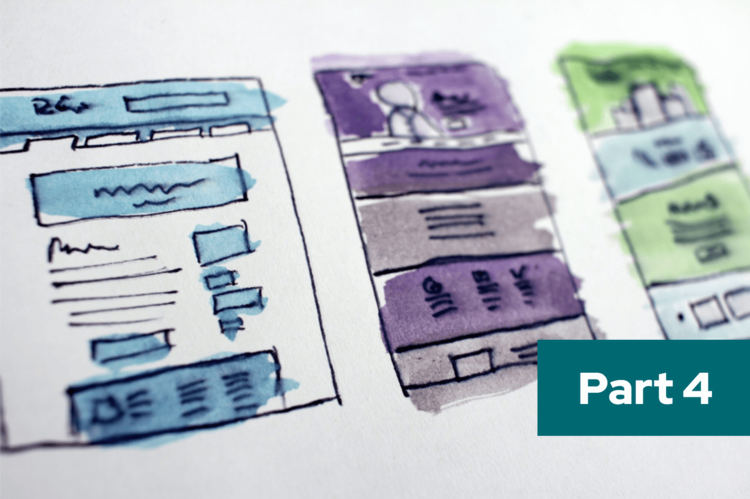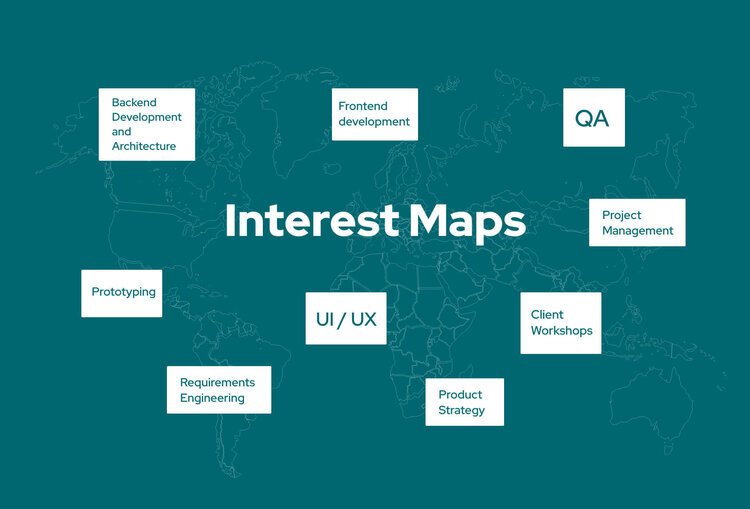Guest Blog: Logistics Data Scientists at the Trustbit Hackathon
On May 13th 2022 the hybrid "Trustbit Hackathon: Sustainable Logistics Simulation" was held at the beautiful Parkhotel Schönbrunn and was also open for remote participants from all over the world. We, a team of three data scientists, took part in it on-site and we want to share a bit about the great experience we had.
Guest Blog: Team Dreiforce at the Trustbit Hackathon!
We have participated in several hackathons over the years. Accordingly, we have certain expectations for these events. This much can be said in advance, the first Trustbit Hackathon was a positive experience for us. The location in the Parkhotel Schönbrunn was great and the example was well thought out.
From the idea to the product: The genesis of Skwill
At Trustbit, we strongly believe in the benefits of continuous learning. This has not only led to us running an Innovation Incubator but also to developing products that we enjoy using ourselves and are happy to share with other people as well!
Using Historical Data to Simulate Truck Journey Durations & CO2 Emissions
Emissions. Assume you own a truck company: your company takes transport orders from customers who can goods delivered from point A to point B. How would that work?
Solving Transport Tycoon 2 Episode 2.1 With F#
This post describes how I wrote my submission to the Transport Tycoon 2 Episode 2.1 problem. The task is to find the shortest route between two stations given a dataset of connections.
Learning + Sharing at Trustbit
One of the questions most asked by potential employees in their initial engagement with Trustbit is about 20% time for learning and sharing.
Using Discriminated Union Labelled Fields
A few weeks ago, I re-discovered labelled fields in discriminated unions. Despite the fact that they look like tuples, they are not.
How to use NLP (Natural Language Processing) libraries for post-processing Event Stormings in Miro
Within the framework of our Innovation Incubator, the idea arose to develop some tools to facilitate the post-processing of Event Storming sessions conducted in Miro. In this blog post, I will show you which text preparation steps are necessary to be able to analyse sticky notes from event stormings and how this analysis can be carried out with the help of the spaCy library.
Isolating legacy code with ArchUnit tests
Clear boundaries in code are important ... and hard. ArchUnit allows you to capture the structure your team agreed on in tests.
Designing and Running a Workshop series: The board
In this part we look on the rough design of the Miro board which supports our workshops.
Designing and Running a Workshop series: An outline
This post shares some of the ideas and approaches we take while designing and running these workshops for our clients.
Creating solutions and projects in VS code
In this post we are going to create a new Solution containing an F# console project and a test project using the dotnet CLI in Visual Studio Code.
How to gather data from Miro
Miro is an online collaborative whiteboard platform which we are using heavily in our consulting workshops to collaborate, explore and document. In this blog post I will show you options to automatically gather, modify and analyse Miro boards.
Creating solutions and projects in VS code
In this post we are going to create a new Solution containing an F# console project and a test project using the dotnet CLI in Visual Studio Code.
Composite UI with Design System and Micro Frontends
In this short series, we will discuss one way of building composite UIs using micro frontends sharing design system. We will use tailwind, storybook, react and webpack.
Building and Publishing Design Systems | Part 2
In this part of composite UIs with micro frontends and design system, we will create and publish a simple design system using tailwind and storybook.
Building Shell Application for Micro Frontend | PART 4
This is the last post in building composite UIs using micro frontends and a design system. In this post, we will create a shell application that will compose all micro frontends.
They promised it would be the next big thing!
Haven’t we all been there? We have all been promised by teachers, colleagues or public speakers that this or that was about to be the next big thing in tech that would change the world as we know it.
Techniques and pitfalls for ML training with small data sets
Machine Learning (ML) is often mentioned in the same breath as big data. Yet, it can do much more than just exploring large datasets. This article gives you an overview of the most important techniques to use ML even if you actually don't have enough data.
Interest Maps: 7 Positive effects of visualizing the interests of your team
Have you ever visualized the individual interests of your team members? If not, you are definitely missing out on a great experience! Interests maps unleash hidden potentials and interests, but they also make it clear which topics are not of interest to your colleagues.

